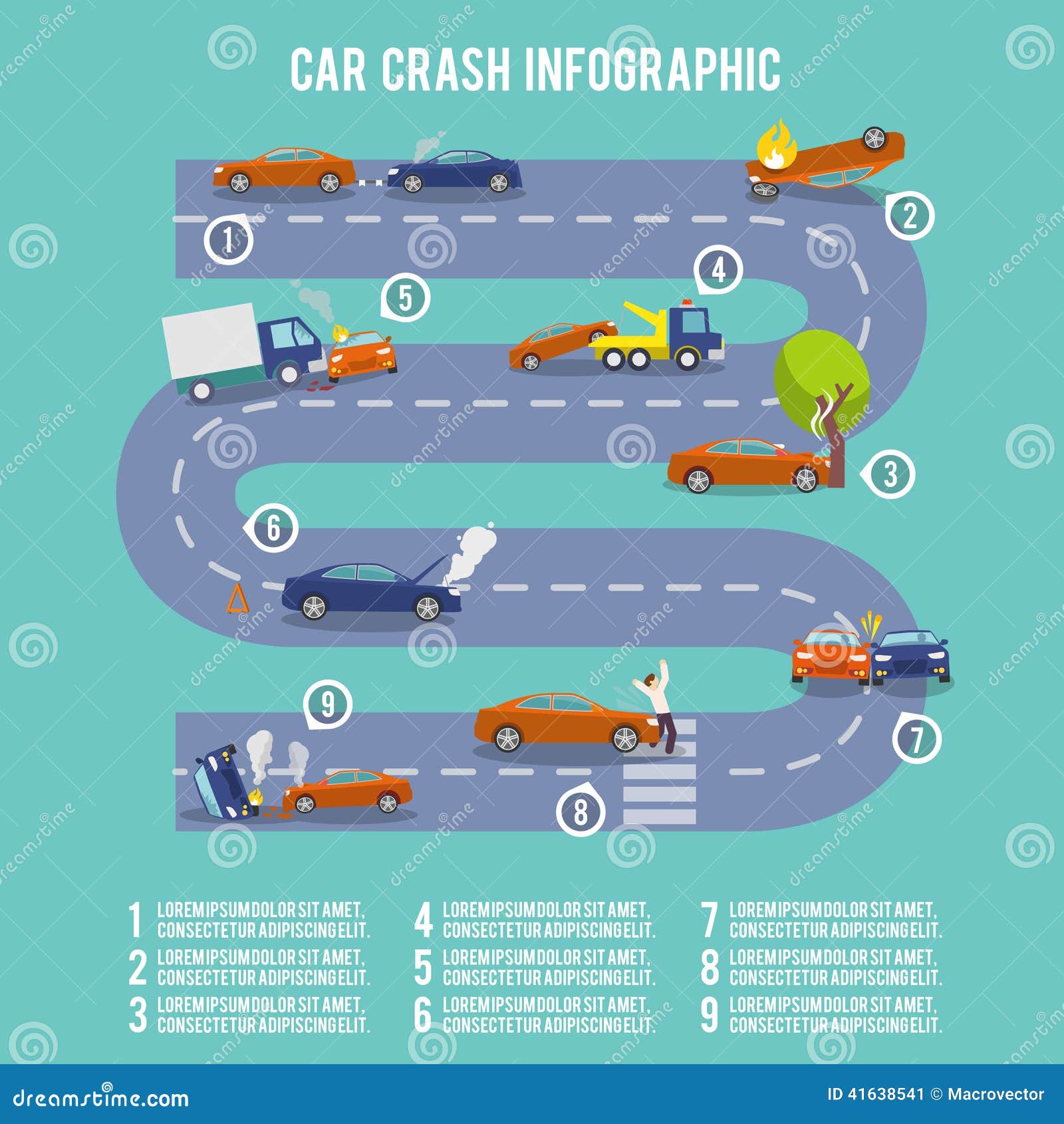Eager To Understand What The Control Panel Warning Lights In Your Car Represent? Discover Their Definitions For The Well-Being And Security Of Your Vehicle
Eager To Understand What The Control Panel Warning Lights In Your Car Represent? Discover Their Definitions For The Well-Being And Security Of Your Vehicle
Blog Article
Web Content Create By-Sykes Kejser
When you're behind the wheel, those glowing warning lights on your control panel can be a bit puzzling. Do you understand what they're attempting to tell you about your automobile's health and wellness? Comprehending the relevance of these lights is vital for your security and the longevity of your lorry. So, the following time one of those lights pops up, would not you wish to understand its message accurately and take the necessary actions to address it?
Common Warning Lights and Interpretations
Identify common caution lights in your vehicle and understand their definitions to make sure risk-free driving.
One of the most typical caution lights include the check engine light, which signals problems with the engine or emissions system. If this light begins, it's essential to have your vehicle checked immediately.
The oil stress cautioning light shows low oil stress, needing instant attention to prevent engine damages.
A blinking battery light might suggest a damaged charging system, possibly leaving you stranded if not dealt with.
The tire pressure surveillance system (TPMS) light informs you to low tire pressure, influencing automobile stability and gas efficiency. Neglecting car interior detailing can result in unsafe driving problems.
The abdominal light suggests a trouble with the anti-lock stopping system, endangering your ability to stop promptly in emergencies.
Lastly, the coolant temperature warning light warns of engine getting too hot, which can cause extreme damages otherwise solved promptly.
Understanding these usual warning lights will certainly assist you deal with problems immediately and preserve safe driving problems.
Significance of Prompt Attention
Understanding the usual caution lights in your vehicle is only the first step; the significance of immediately attending to these cautions can't be stressed enough to ensure your security when traveling.
When a caution light illuminates on your control panel, it's your automobile's way of communicating a possible problem that requires interest. Overlooking these warnings can result in much more serious troubles in the future, compromising your safety and security and potentially costing you extra out of commission.
Trigger interest to alerting lights can stop breakdowns and mishaps. As mobile detailing business , a blinking check engine light can indicate a misfire that, if left neglected, might cause damage to the catalytic converter. Resolving this quickly can conserve you from a pricey repair service.
Similarly, a brake system advising light might signal reduced brake fluid or worn brake pads, critical parts for your safety and security when driving.
DIY Troubleshooting Tips
If you discover a warning light on your control panel, there are a couple of DIY fixing tips you can try before looking for specialist assistance.
The primary step is to consult your automobile's manual to comprehend what the certain warning light suggests. In some cases the issue can be as simple as a loose gas cap causing the check engine light. Tightening the gas cap may resolve the issue.
Another common concern is a reduced battery, which can trigger numerous advising lights. Inspecting the battery links for corrosion and ensuring they're protected may repair the problem.
If a caution light continues, you can try resetting it by disconnecting the car's battery for a couple of minutes and then reconnecting it. In addition, inspecting your lorry's liquid levels, such as oil, coolant, and brake liquid, can aid fix cautioning lights connected to these systems.
Conclusion
In conclusion, recognizing your car's caution lights is essential for keeping your vehicle running efficiently and safely. By immediately attending to these informs and understanding what they suggest, you can avoid costly repair work and possible failures.
Bear in mind to consult your vehicle's handbook for certain details on each cautioning light and act accordingly to make certain a trouble-free driving experience.
Keep notified, remain secure on the road!
